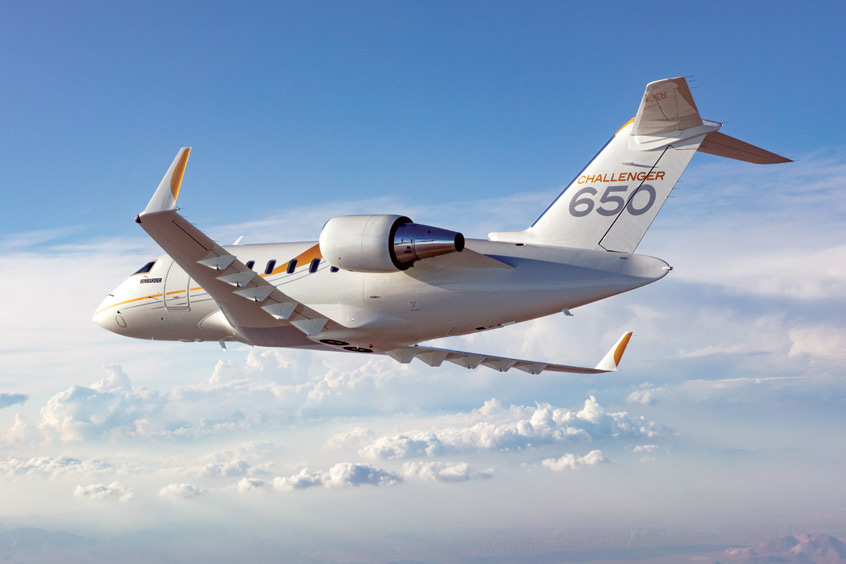Why visit ACE ’24?

As demand for COVID-19 vaccine transportation increases around the world, Embraer has released technical information to assist customers on how its business jets can be optimised to transport vaccines. Due to the pandemic, operators are considering the possibility of using Embraer aircraft to transport vaccines. Currently, there are over 1,400 Embraer business jets in operation in more than 70 countries.
“We are deeply engaged in the fight against COVID-19, providing technical information to customers in many segments, always with the main goal of supporting and enhancing our customers' operations,” says Sérgio Cunha, Embraer VP of technical services and product support. “This technical information will help customers to develop their procedures in order to carry a large quantity of COVID-19 vaccines.”
Embraer has carried out tests and simulations to properly define characteristics and payload requirements in relation to the technical specifications of vaccine transportation, considering the differences among each aircraft. The transport of these vaccines requires low temperatures, which are achieved by using dry ice.
The documents released by Embraer include guidance for all Embraer business jets models: Phenom 100 and Phenom 100EV, Phenom 300 and Phenom 300E, Legacy 450 and Legacy 500, Praetor 500 and Praetor 600, Legacy 600, Legacy 650 and Legacy 650E, and Lineage 1000 and the Lineage 1000E.
In December 2020, Embraer released technical guidance to assist commercial aircraft customers in properly defining the transportation characteristics and payload requirements for the COVID-19 vaccines. Most recently, Embraer also released guidance to apply UV-C lights for cockpit sanitisation, as well as disinfectants and coatings for the aircraft interiors.
The OEM has approved the use of MicroShield360 and Bacoban, long-lasting preventive coating systems that, when applied to aircraft cabin surfaces, continuously inhibit the growth of microorganisms, viruses and bacteria.
The company also has released a Service Bulletin that allows ERJ 145 operators to install high-efficiency particulate air (HEPA) filters, which are standard on all versions of the Embraer E-Jets and E-Jets E2 families of commercial aircraft.
HEPA filters are efficient, capturing 99.97 per cent of airborne particles and other biological contaminants, such as bacteria, viruses and fungi. This technology is also available on Embraer business jets, with HEPA filters also made standard on all Praetor aircraft. The combination of these new features, with the existing cabin environment technologies, equates to a higher level of protection for passengers.
